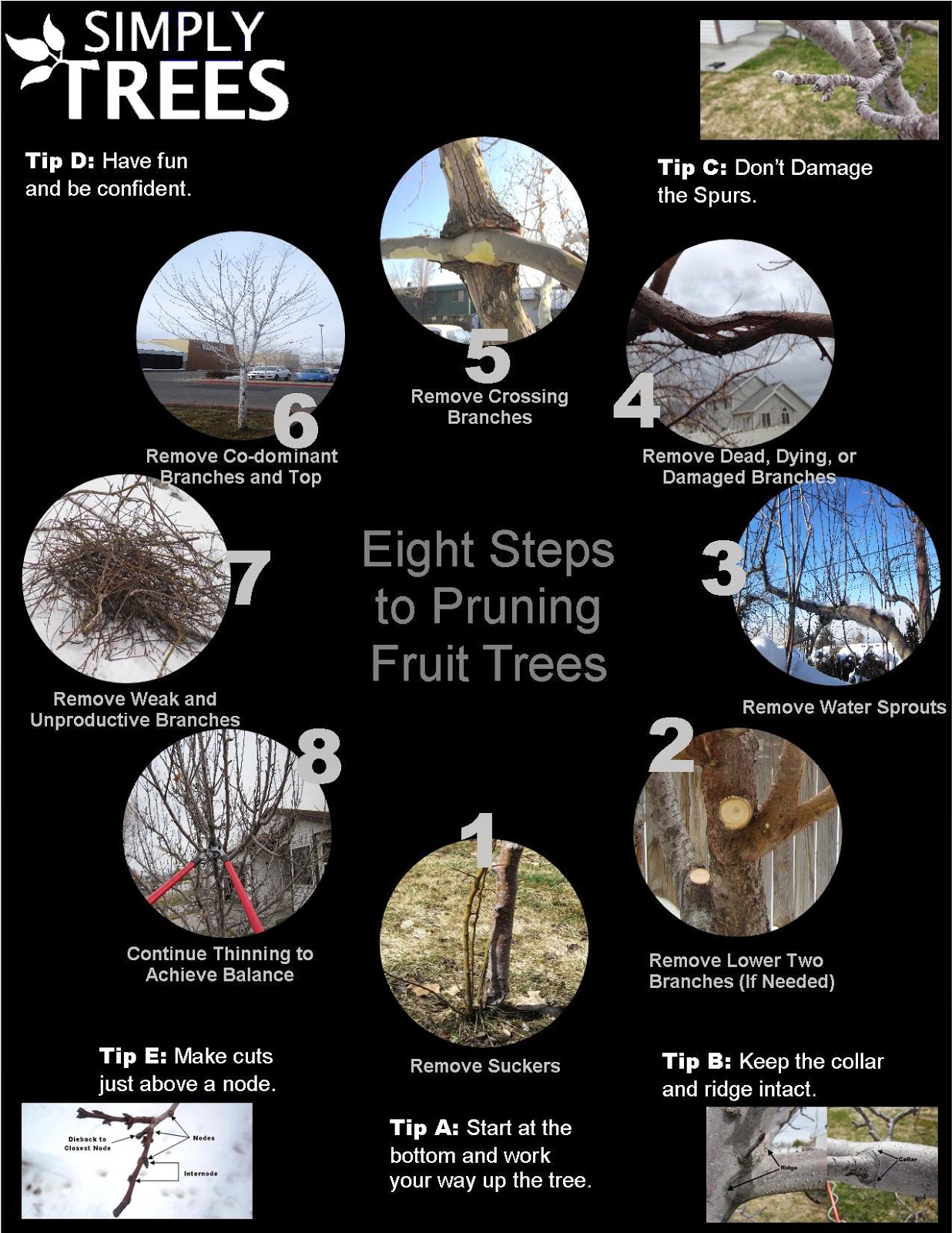Safeguarding Your Landscape: Replanting After Tree Removal
Safeguarding Your Landscape: Replanting After Tree Removal
Blog Article
Web Content Composed By-Lindsay Harper
Tree elimination can leave a space in your landscape that requires filling. You can grow something new because area, yet it takes added treatment and focus at the beginning to aid it grow.
The dirt because location will certainly maintain changing with time as microorganisms break down the old roots. That can impact the nutrition equilibrium and physical area for new growth.
Dirt
The soil in a plot where a tree has been removed is likely to be extremely different from the remainder of your garden or backyard. The origins of the old tree and the stump will certainly have changed the soil, removing some nutrients and potentially crowding out other plants. Additionally, if the previous tree was infected, the infectious agent may still remain in the ground.
The existence of roots cultivates an abundant and varied neighborhood of dirt bacteria that boosts crucial procedures like vitamins and mineral cycling and raw material disintegration. Without these microbes, the displaced dirt can end up being less abundant and nutrient-depleted, with an unfavorable impact on plant growth.
Before replanting, the soil should be eliminated of debris and natural material (such as timber chips from stump grinding). You may want to mix in potting soil or native dirt with this compost to give your brand-new growing with a setting that is well balanced and full of nutrients.
Learn Even more Here soak up big quantities of water from the soil. This procedure likewise adds nutrients back to the dirt, especially nitrogen, which is important for new trees and plants. Unfortunately, old dirt can be diminished of these important minerals because of the rotting roots and stump from an eliminated tree.
This is why it is necessary to have a plan for the future of your landscape. Ideally, the most effective time to plant is when you have a fresh start.
Whether you're planting lawn or blossoms, ensure to utilize a soaker pipe to prevent overwatering your new landscaping. If https://edwinezxsm.blogunok.com/29559119/gaining-understanding-regarding-the-expenses-of-getting-rid-of-trees-what-you-must-prepare-for was a garden, see to it to cover the dirt with organic compost to assist maintain moisture in the soil, regulate soil temperatures and reduce weeds. This additionally supplies a layer of defense for young plants and promotes worm activity. Then, frequently restore the compost to continue improving the dirt nutrient density and microbial life. This is referred to as soil restoration.
Light
Trees are an excellent addition to any landscape, supplying color, aesthetic pulchritude, and lots of other advantages. Nonetheless, in some cases trees end up being unsightly due to a selection of factors, consisting of disease, insect problems and all-natural aging.
In such situations, it might be essential to eliminate a tree. It is very important to take into consideration the worth of a particular tree in your landscaping and take the proper steps to make sure that the removal is done securely and effectively.
Throughout the late summertime, it's an optimal time to carry out upkeep and examinations on existing trees. learn this here now of illness, insect problems, or architectural damage, as well as any kind of potential threats such as weakened or leaning trees.
Before starting any type of construction jobs, be sure to protect the root areas of existing trees by preventing soil compaction and grading around them. Organic matter, as it breaks down, can create toxic gases that are destructive to the origins of a tree. It's likewise an excellent concept to mulch the area around a tree after construction has finished to conserve moisture and suppress weed development.
Temperature
Trees are very important to a landscape for their visual charm, but they additionally play a crucial role in the local community by providing shade and windbreaks. They sustain wild animals habitats and minimize the amount of carbon dioxide airborne, which can add to international warming. This is why it is advisable to replant trees after eliminating one from the property.
When replanting a new tree in the area of a previous stump, the dirt might not have sufficient nutrients to sustain it. It is best to wait for a year prior to planting to guarantee that the dirt will be rich in nutrients.
To make certain that replanted trees grow, it is critical to supply them with proper treatment. A layer of mulch will certainly keep dirt moisture from vaporizing, regulate dirt temperature level, and help subdue weeds. Organic mulch is the recommended option because it boosts soil fertility. Ongoing arborist chainsaw and pest control are also necessary for replanted trees.